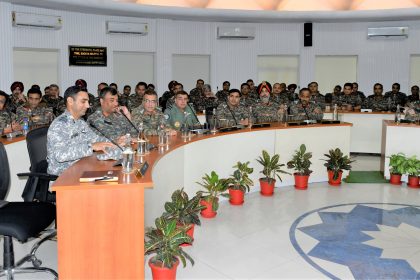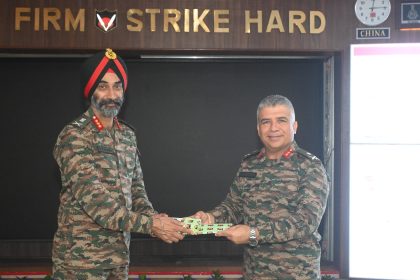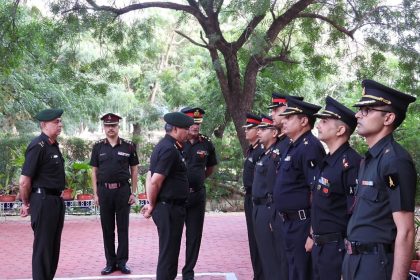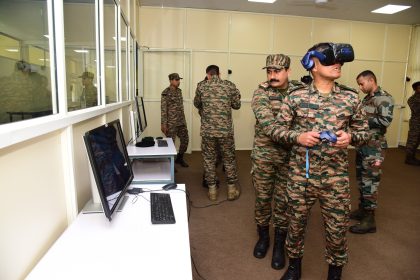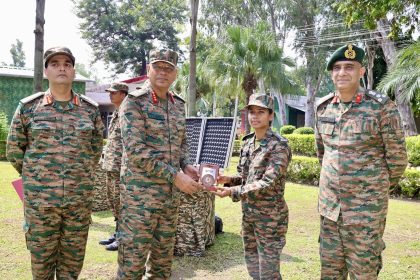Indian Military Officers Train in Joint Operations at Western Air Command
This visit to WAC marks a significant step in enhancing the operational readiness of India’s future military leadership.
Lt Gen Harbinder Singh Vandra Reviews Spearhead Signallers’ Operational Preparedness
The visit also highlighted the Army’s significant investment in technology.
Lieutenant General AVS Rathee Reviews Operational Readiness at Dhrangadhra Military Station
During the visit, Lt Gen Rathee interacted with commanders and troops.
Indian Army and Air Force Strengthen Joint Preparedness at Air Force Station Bhuj
The joint training at AFS Bhuj stands as a testament to the armed forces’ dedication to readiness, adaptability, and unified…
SFTS Officers Visit MCEME to Strengthen Synergy in Technical Training
During the visit, SFTS officers received an overview of MCEME’s contributions.
Indian Army Dedicates Indigenous Equipment to Boost Operational Preparedness
The General Officer Commanding (GOC) of the White Knight Corps, based in Nagrota, Jammu and Kashmir, today led a significant…

